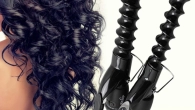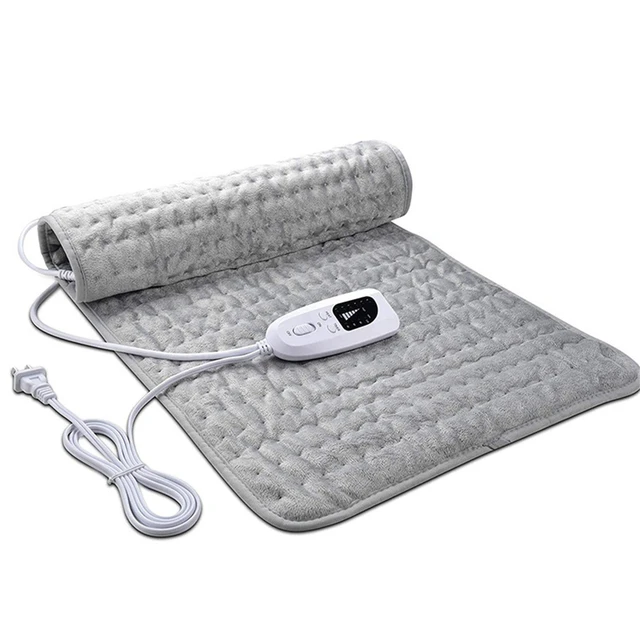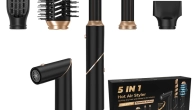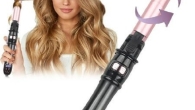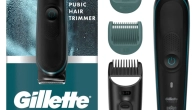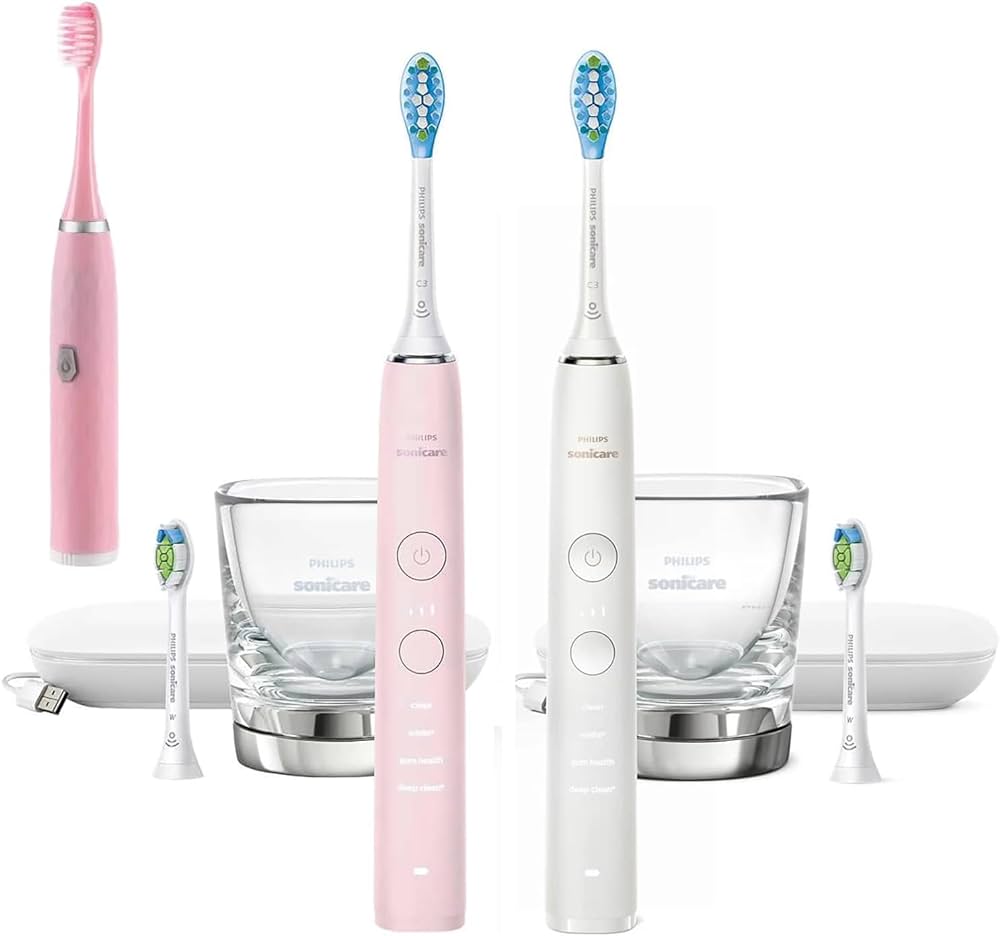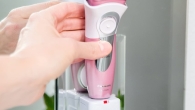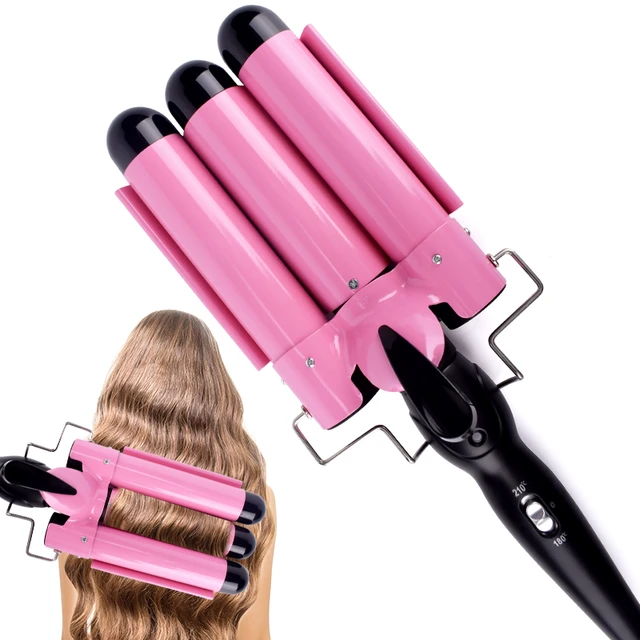
How to Curl Your Hair Naturally: Achieving Beautiful Waves
Introduction:
Curling your hair naturally, without the use of heat, can be a healthy and effective way to achieve beautiful waves and curls. This method minimizes damage, preserving the integrity and health of your hair. In this comprehensive guide, you will learn about various heatless techniques to curl your hair naturally, including preparation steps, different curling methods, and maintenance tips.
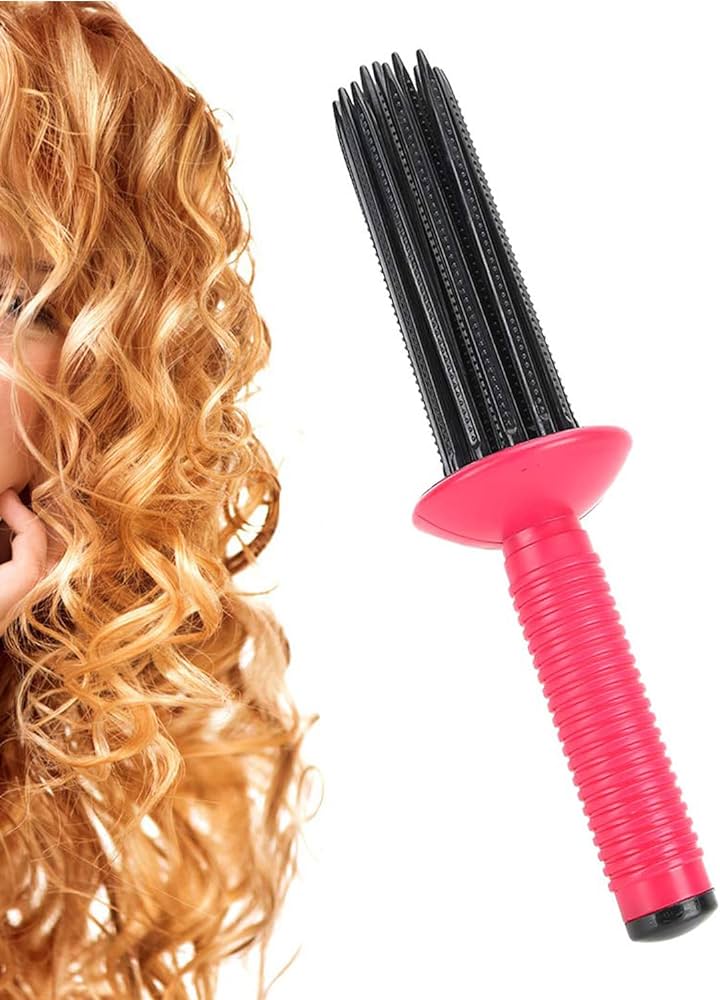
How to Curl Your Hair Naturally:
Achieving Beautiful Waves Without Heat
Why Natural Curls:
What Are the Benefits of Curling Hair Without Heat?
Choosing to curl your hair without heat offers several advantages for both your hair’s health and the environment.
Minimizes Damage: Heat styling tools, such as curling irons and straighteners, can cause significant damage over time, leading to dryness, split ends, and breakage. Natural curling methods avoid exposing hair to high temperatures, reducing the risk of such damage.
Preserves Moisture: Heat styling can strip hair of its natural moisture, making it more prone to dryness and frizz. Natural curling methods help maintain the hair’s moisture balance, leaving it softer and more hydrated.
Environmentally Friendly: Using less electricity by avoiding heat tools contributes to a lower carbon footprint. Eco-conscious individuals may find natural curling methods more aligned with sustainable living practices.
Versatile and Gentle: Natural curls can be achieved with various methods that suit different hair types and textures. These techniques are often gentler on the hair, making them ideal for individuals with fragile or chemically treated hair.
Preparation:
How to Get Your Hair Ready for Natural Curling?
Proper preparation ensures that your hair is primed for heatless curling, resulting in better curls and a longer-lasting style.
Clean and Damp Hair: Start with clean, damp hair. Washing your hair with a gentle shampoo and conditioner helps remove any buildup and ensures that the hair is in its best condition to hold curls. Allow your hair to air-dry until it is about 70-80% dry before beginning any curling method.
Leave-In Conditioner: Apply a leave-in conditioner or a light curl-enhancing product to your damp hair. This adds moisture and helps define the curl pattern, resulting in smoother and more defined curls.
Detangle: Use a wide-tooth comb or a detangling brush to remove any knots or tangles. Smoothly detangled hair ensures that the curls form evenly and reduces the risk of breakage.
Section Your Hair: Divide your hair into manageable sections. Use hair clips to secure each section. Typically, dividing your hair into top and bottom sections, and further subdividing each into smaller sections, makes the process more efficient.
Natural Curling Methods: What Techniques Can You Use to Curl Your Hair Without Heat?
There are several effective heatless techniques to achieve beautiful curls and waves. Experimenting with these methods helps you find the most suitable one for your hair type and desired look.
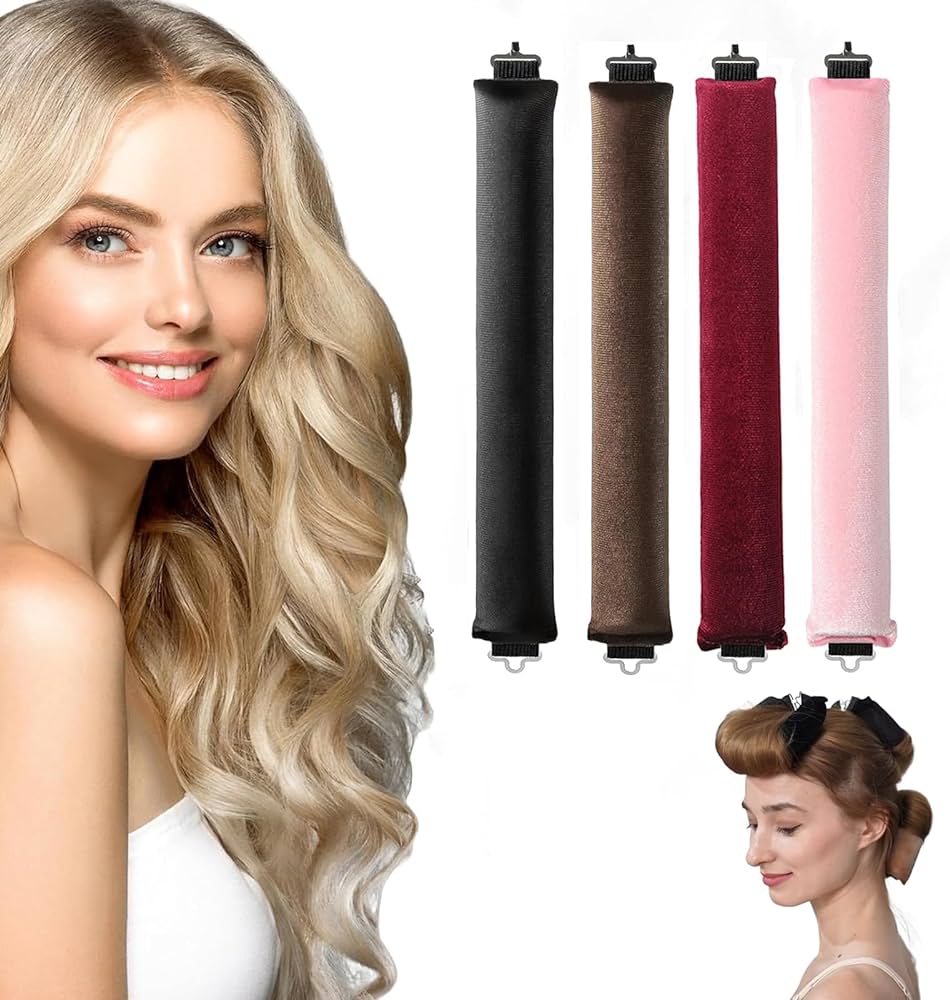
Braiding:
Step 1: Divide your damp hair into sections based on the size of curls you want. Fewer sections result in larger waves, while more sections create tighter curls.
Step 2: Braid each section tightly and secure the ends with a hair tie. For looser waves, opt for larger braids like French or Dutch braids. For tighter curls, create smaller, more numerous braids.
Step 3: Leave the braids in overnight or for at least six hours. Gently unravel the braids in the morning and run your fingers through your hair to separate and style the curls.
Twist and Pin:
Step 1: Divide your damp hair into sections according to the size of curls you want. Typically, dividing into six to ten sections works well for most hair types.
Step 2: Twist each section from root to tip and then coil the twisted section into a small bun. Secure each bun with bobby pins or small hair elastics.
Step 3: Allow the twists to set overnight or for at least six hours. In the morning, carefully remove the pins or elastics, and gently separate the curls with your fingers.
Flexi Rods:
Step 1: Divide your damp hair into small sections. Flexi rods work best on small to medium-sized sections for defined curls.
Step 2: Starting at the ends, roll each section of hair around a flexi rod, working your way up to the roots. Secure the rod by bending the ends inward.
Step 3: Let your hair air-dry completely, ideally overnight, or use a hair dryer on a cool setting if needed. Remove the flexi rods and gently separate the curls with your fingers.
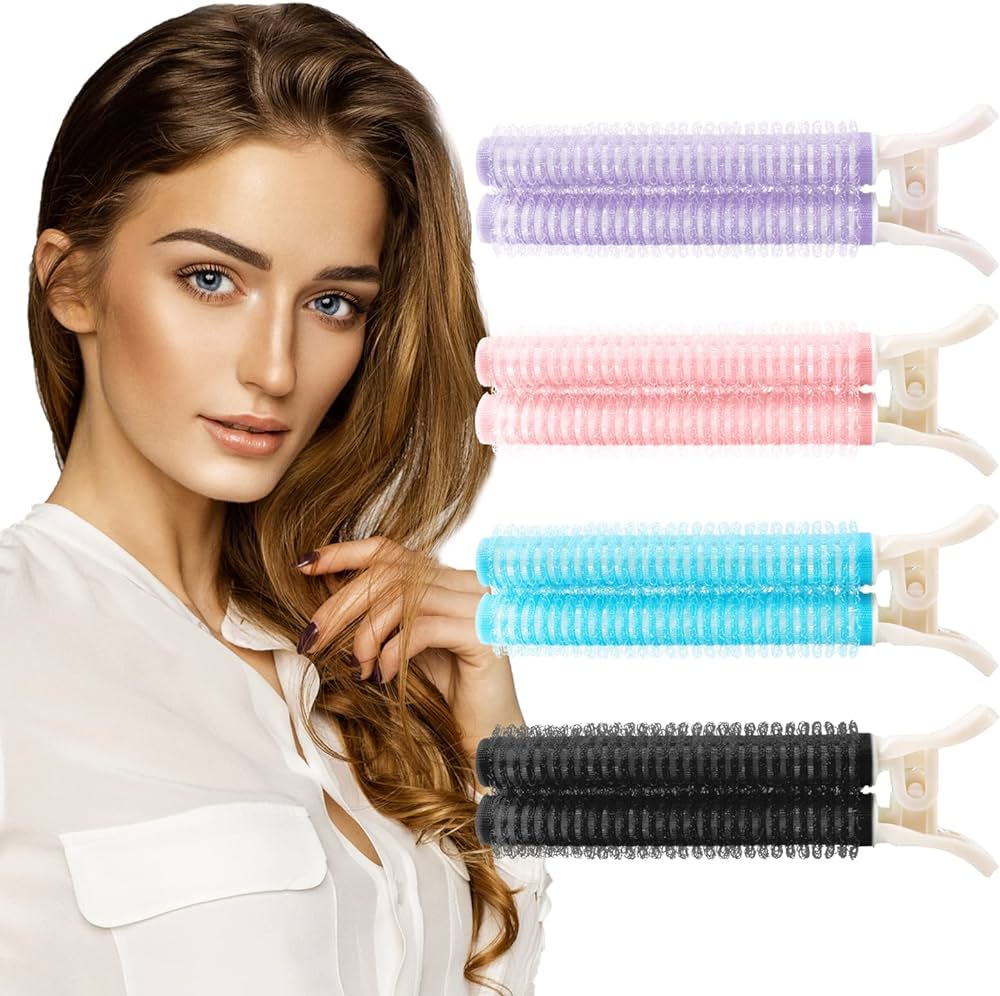
Rollers:
Step 1: Select foam or velcro rollers and divide your damp hair into sections. The size of the rollers dictates the size of the curls, with larger rollers creating looser waves and smaller rollers creating tighter curls.
Step 2: Roll each section of hair around a roller, starting from the ends and rolling upwards towards the scalp. Secure the rollers in place.
Step 3: Let your hair air-dry completely, preferably overnight. Carefully remove the rollers and style the curls with your fingers.
Bantu Knots:
Step 1: Section your damp hair into small parts. The number of sections depends on the desired curl size, with more sections creating tighter curls.
Step 2: Twist each section of hair tightly and coil it into a small knot at the base. Secure each knot with a bobby pin or elastic.
Step 3: Leave the knots in overnight. In the morning, carefully unravel each knot and separate the curls with your fingers.
Natural Curling Techniques: How to Maintain and Style Curls Without Heat?
Maintenance and styling tips help keep your heatless curls looking fresh and vibrant throughout the day.
Setting and Finishing:
Hairspray: Use a light-hold hairspray to set the curls and reduce frizz without making the hair stiff. This helps maintain the style while allowing natural movement.
Serum or Oil: Apply a small amount of lightweight hair serum or oil to the ends of your curls to add shine and reduce frizz. Smooth a small amount over the surface of the curls for a polished look.
Finger-Styling: Instead of using a comb or brush, use your fingers to style and separate the curls to maintain their shape and volume.
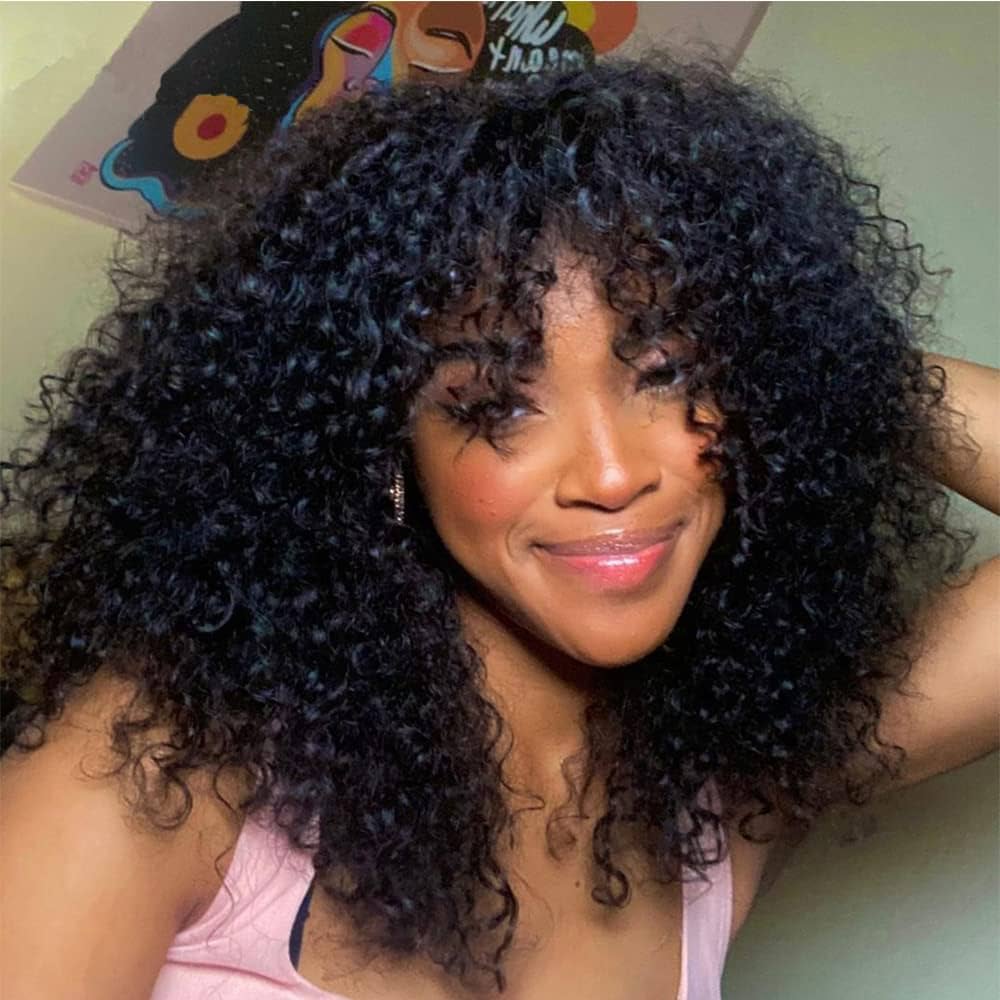
Refresh and Maintain:
Sleep Care: To preserve your curls overnight, tie your hair into a loose bun or braid before sleeping. Using a silk or satin pillowcase minimizes friction and helps maintain the curl’s shape.
Day-After Refresh: To refresh your curls the next day, lightly mist your hair with water or a curl-refreshing spray. Scrunch the ends to revive the curl pattern. Use a small amount of curl cream or mousse if needed.
Avoid Touching: Constantly touching or playing with your curls can cause them to fall flat and become frizzy. Resist the urge to touch your hair to maintain the style.
Professional Tips:
What Do Hairstylists Recommend for Natural Curls?
Professional hairstylists offer valuable insights into achieving and maintaining natural curls without heat.
Proper Sectioning: Work in small, even sections for more defined and controlled curls. Smaller sections allow for more uniform curls and better overall appearance.
Moisture Lock: Stylists emphasize the importance of maintaining moisture. Using leave-in conditioners and curl-enhancing products helps lock in hydration and define the curl pattern.
Avoid Heavy Products: Use lightweight styling products that won’t weigh down your curls. Overuse of heavy products can lead to greasy and flat curls.
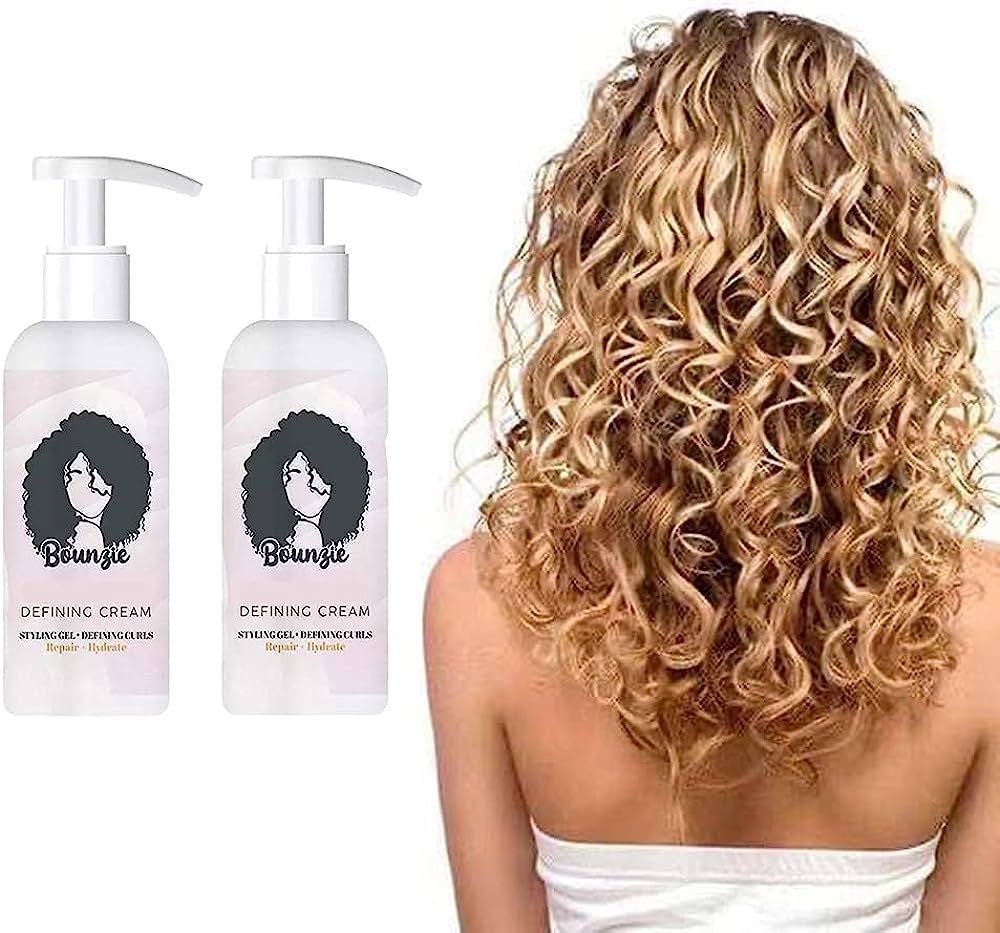
Regular Trimming:
Regular trims help maintain healthy hair and prevent split ends. Healthy hair holds curls better and looks more vibrant.
User Experiences and Reviews: What Do Others Say About Natural Curling Methods?
Learning from other users provides practical tips and additional insights for curling your hair naturally.
Positive Feedback: Many users find that braiding and twist-and-pin methods result in long-lasting, natural curls. Positive reviews highlight the importance of leaving the hair to set overnight.
Common Praises: Users frequently commend the benefits of using flexi rods and rollers for defined curls. These tools are praised for their effectiveness in creating uniform curls without heat.
Challenges Encountered: Some users note challenges related to ensuring their hair is completely dry before unraveling curls, as damp hair can cause curls to fall. Despite these challenges, adhering to proper techniques and using the right products generally leads to successful results.
Conclusion
Curling your hair naturally, without the use of heat, is a healthy and effective way to achieve beautiful waves and curls. Choosing the right heatless curling method, preparing your hair properly, and using the correct techniques all contribute to achieving long-lasting, damage-free curls. Incorporating maintenance tips and learning from professional advice ensures that your curls stay fresh and stylish throughout the day. Learning from user experiences and experimenting with different methods allows you to find the best approach for your hair type and desired look. By following these best practices and exploring various techniques, you can effortlessly achieve stunning, natural curls that enhance your overall style.




